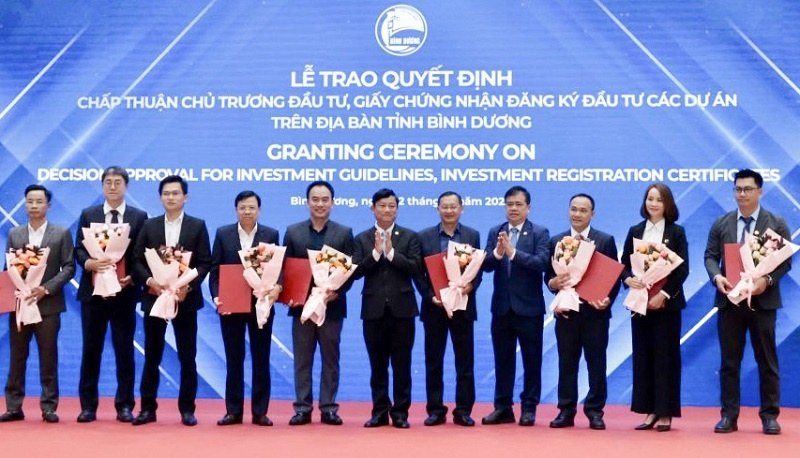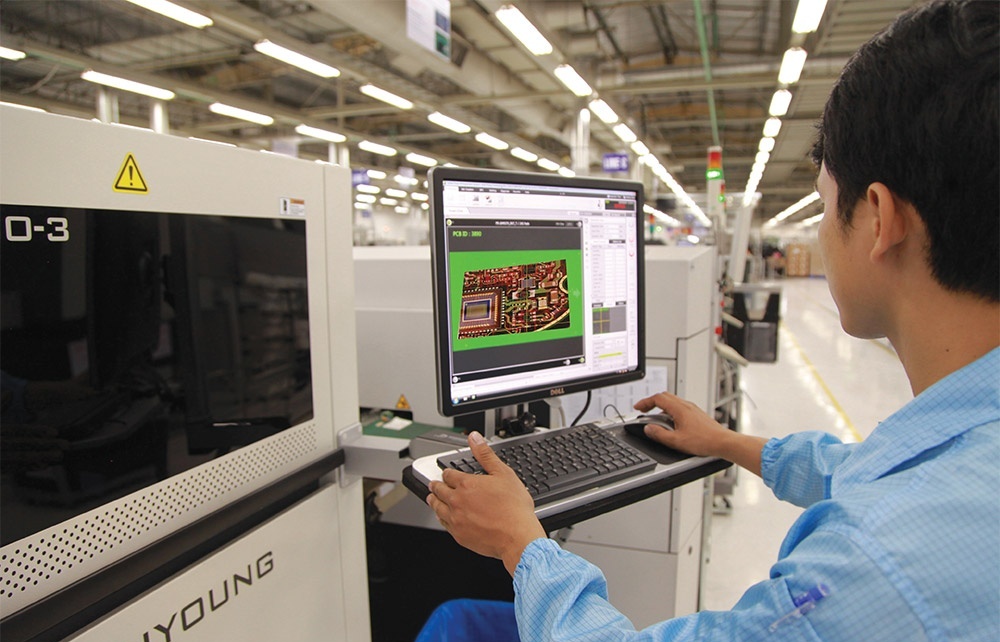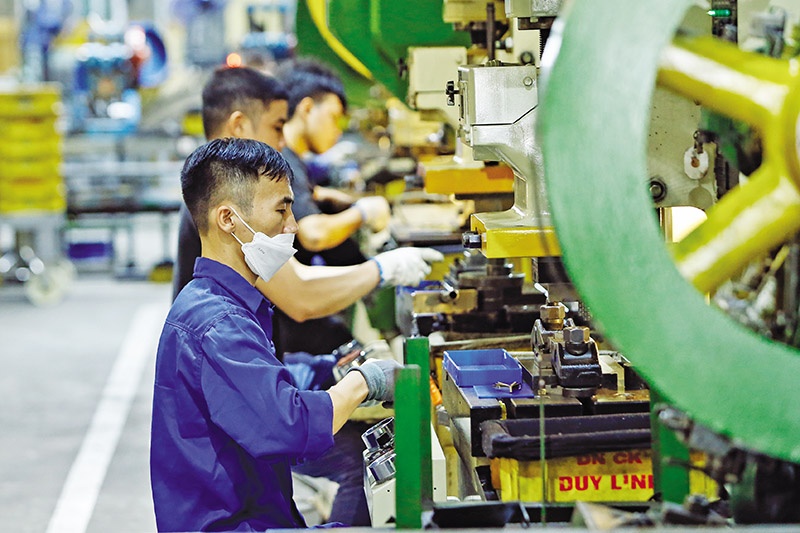TPP provides US firms with huge prospects
 The Trans-Pacific Partnership (TPP) will create a trading bloc that includes Australia, Brunei, Chile, Canada, Japan, Malaysia, Mexico, New Zealand, Peru, Singapore, the US and Vietnam.
The Trans-Pacific Partnership (TPP) will create a trading bloc that includes Australia, Brunei, Chile, Canada, Japan, Malaysia, Mexico, New Zealand, Peru, Singapore, the US and Vietnam.
Although the specific chapters involving, for example, intellectual property, arbitration, human rights, business with state-owned enterprises, and environmental issues are being negotiated under a veil of secrecy, one sure effect is that the TPP will remove import tariffs among participating countries. According to claims by Harvard Professor Robert Lawrence, Vietnam stands to benefit more than any other country from the TPP.
Countries in the TPP make up at least 40 per cent of the total market for Vietnam’s exports. The US alone, Vietnam’s largest export market, receives nearly 20 per cent of Vietnam’s total exports. In 2013, US imports from Vietnam reached nearly $25 billion while US exports totalled $5 billion.
Some tariffs for Vietnam’s garment exports in other TPP countries are currently as high as 25 per cent. Vietnamese companies can expect export growth as a result of these significantly reduced import duties. Professor Lawrence anticipates Vietnamese exports to increase by more than 37 per cent by the year 2025, far more than those of any other TPP member.
Vietnam’s economy is poised to take advantage of the TPP not just in terms of its exports, but it will also likely experience the largest gains of any other country in terms of GDP. Experts predict huge GDP increases by 2025. As Vietnam becomes wealthier and industrialised, US exports to Vietnam should also increase.
The skills of Vietnam’s workforce and the country’s low business costs have already attracted garment and shoe investments for years. The TPP will allow Vietnam to build on this.
Many investors are pursuing a China Plus One strategy, whereby investments in China are balanced by investments in Southeast Asia. The TPP will reinforce Vietnam as a natural choice for investors with such a strategy.
Experts and analysts agree however that Vietnam will have to overcome several challenges. Although the country is a leading exporter of shoes and garments, its industries are focused largely on the final stage of production. In order to enjoy the benefits of reduced tariffs, the imports and materials used in production must come either from Vietnam or from other TPP countries. Currently, the majority of Vietnam’s inputs come from countries that are not members of the proposed TPP countries. The country-of-origin requirements are a hurdle but, at the same time, should encourage the creation of local supply chains.
To take advantage of the reduced tariffs, Vietnamese and foreign investors will have to invest in Vietnam in order to create the industries necessary for it to meet country-of-origin requirements. Investors will want to seek opportunities to manufacture products that were previously imported. Such a strategy will benefit Vietnam in two ways. One is through the creation of broader domestic industries. Additionally, it will expand Vietnam’s exports so that it can take advantage of the TPP’s low tariffs.
Vietnam is poised to experience rapid growth under the TPP. The US and Vietnam are likely to become increasingly significant to each other’s economies as barriers to trade fall and Vietnamese goods become relatively cheaper in the US. At the same time, as Vietnam’s economy becomes larger and more sophisticated, the opportunities for American investors and exporters will also grow.
What the stars mean:
★ Poor ★ ★ Promising ★★★ Good ★★★★ Very good ★★★★★ Exceptional
Latest News
More News
- Tra Vinh adds to its regional rank scores (December 30, 2024 | 16:02)
- Gia Lai propels its socioeconomic development (December 30, 2024 | 14:00)
- 10 bright spots for planning and investment in 2024 (December 28, 2024 | 15:00)
- Binh Duong creates many incentives for large FDI projects (December 27, 2024 | 17:24)
- Quang Ninh to continue focusing on FDI in 2025 (December 27, 2024 | 16:26)
- Transforming to an AI-driven organisation (December 26, 2024 | 08:30)
- Full-year growth prospects raised (December 26, 2024 | 08:00)
- Remarkable outcomes can be earned (December 25, 2024 | 11:00)
- Trade scope expands with British accession to CPTPP (December 25, 2024 | 10:00)
- Nghe An boasts workforce potential for industrial growth (December 25, 2024 | 08:30)
















 Mobile Version
Mobile Version